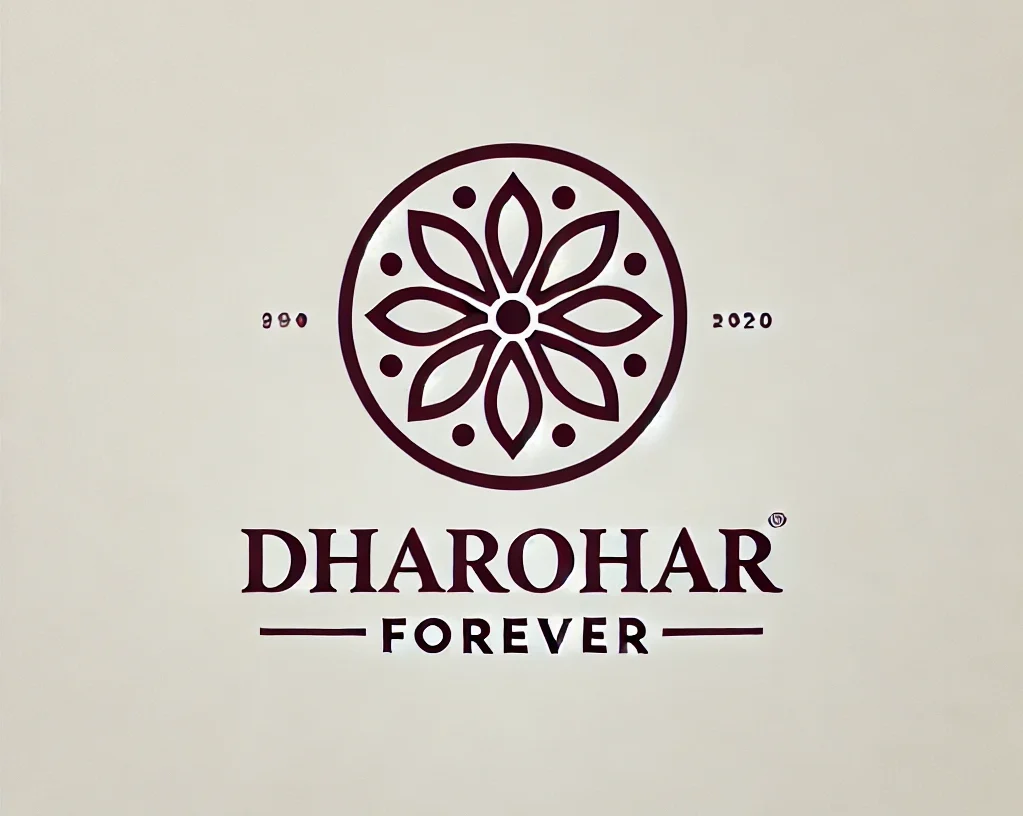Nestled in the cultural heartland of Telangana, Cheriyal Scroll Painting is more than just a visual narrative – it’s a living tradition. Originating from Cheriyal village, the art form finds its roots in creating masks and scrolls. Storytellers collaborated with Cheriyal artists to translate tales into vivid paintings on scrolls. Art was not just a form of entertainment but an integral part of Telangana villages’ religious, social, and cultural life. Many dedicated artists have preserved this art form, keeping it vibrant and relevant.
Crafting Cheriyal Scrolls and Masks: The process begins with storytellers working with Cheriyal artists to translate narratives into visual tales. The canvas, massive scrolls of khadi cloth treated with tamarind, sago, chalk powder, and rice starch, serves as the foundation. This meticulous treatment has preserved the fabric for centuries.
Palette from Nature: Cheriyal artists adhere to natural hues – white from powdered seashells, black from lamp soot, yellow and red from local stones, blue from indigo, and skin tones from turmeric paste. The commitment to using natural elements creates vivid paintings and preserves the cultural and folklore essence.
Beyond Scrolls, Dolls, and Puppets: Cheriyal artists extend their creativity to crafting dolls and puppets, with each character telling a story. These puppets come alive in shows, contributing to the rich storytelling tradition. The diversity is astounding – in the Katamaraju Katha alone, 53 separate characters in puppet form come to life.
Recognition and Evolution: In 1976, Cheriyal art gained recognition as a handicraft, and in 2007, it received Geographical Indication (GI) status. The government’s efforts to sustain this art form include a Guru-Shishya parampara, offering students stipends to study Cheriyal. Despite these efforts, the number of artists in Cheriyal village still needs to grow.
Adaptation: Cheriyal art, once unfolded in village performances, now graces museum walls and homes. The format has evolved, but the essence remains. Cheriyal art is not just a relic of the past; it adapts to the present, exhibited in museums, sold in government emporiums, and taught in workshops.
Anais Da Fonseca, who explored Cheriyal art for her doctorate, emphasizes the importance of preserving this painting form. Cheriyal scrolls aren’t just visual depictions of cultural and mythological stories; they have become a means to narrate the current situation visually to the unlettered masses, adapting age-old traditions to contemporary contexts.
Overall, Cheriyal Scroll Painting is a testament to tradition’s resilience. As these scrolls find new homes on museum walls, the cultural heritage they carry continues to breathe, ensuring that the stories of Cheriyal village echo through time, transcending the boundaries of past and present. Cheriyal art is about preserving tales and embracing change while staying true to its roots.

